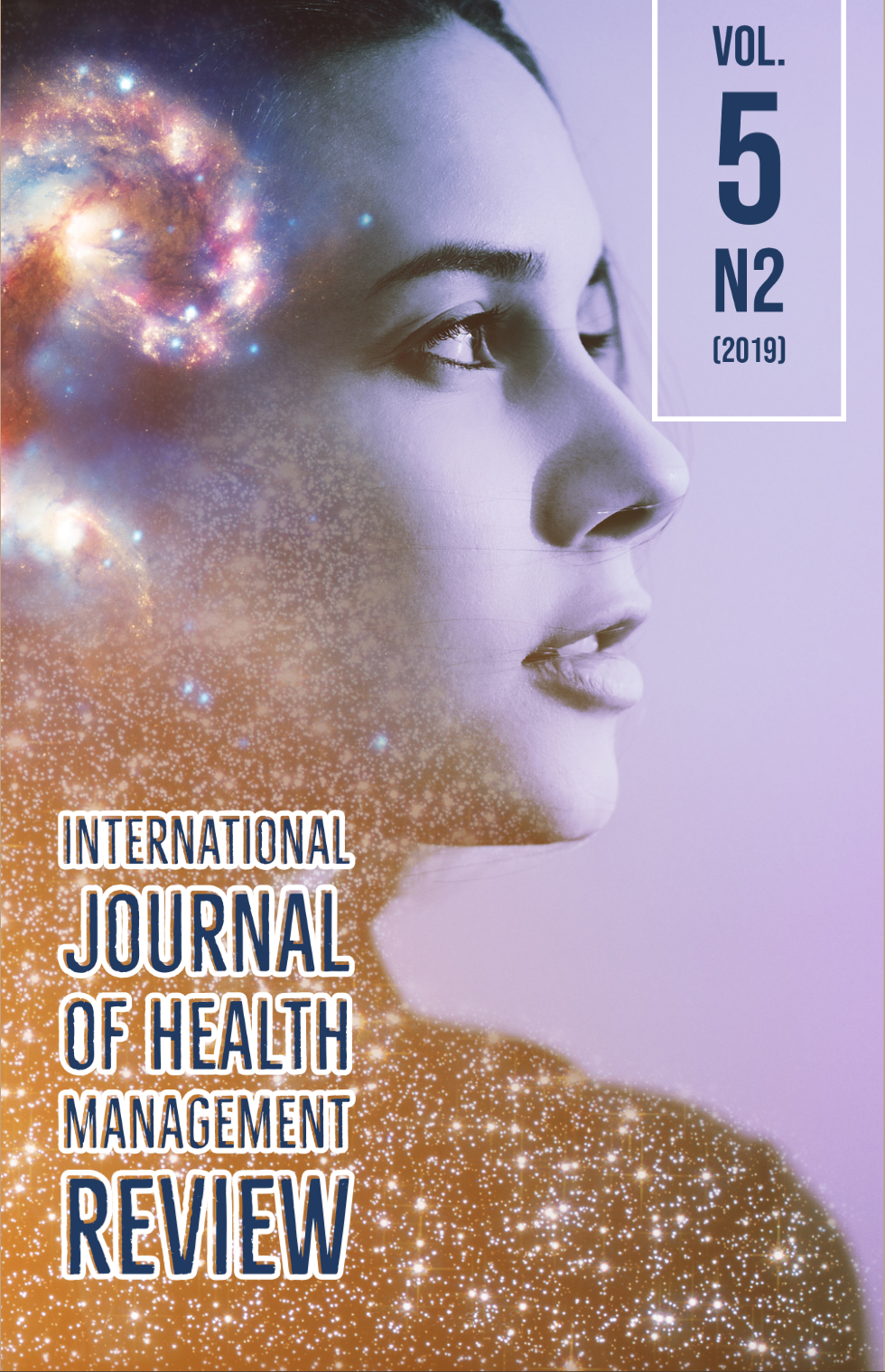Diagnóstico diferencial da leptospirose: síntese das principais evidências clínicas
DOI:
https://doi.org/10.37497/ijhmreview.v5i2.173Palavras-chave:
Clínica Médica, Diagnóstico, Leptospirose.Resumo
Introdução: A leptospirose é uma condição clínica grave, que se manifesta com hemorragia pulmonar e lesão renal aguda, levando à falência de múltiplos órgãos em cerca de 5 a 15% dos casos. Em situações onde o diagnóstico é tardio e o tratamento demora a ser instituído, a taxa de mortalidade pode atingir cerca de 50%. A identificação dos pacientes com risco de desenvolver a leptospirose em sua forma grave não é uma tarefa fácil para o clínico. Embora o suporte laboratorial e radiológico facilite o diagnóstico, esta não é uma realidade nos países de média e baixa renda. Objetivo: Realizar uma revisão da literatura buscando evidenciar as principais diretrizes para o diagnóstico diferencial da leptospirose. Método: Trata-se de um estudo exploratório realizado na base de dados PUBMED, utilizando a estratégia de busca leptospirosis[title] AND diagnosis[title], incluindo apenas ensaios clínicos. Resultados: Foram incluídos 10 artigos na presente revisão. Síntese de Evidências: A despeito de uma série de métodos laboratoriais eficazes para diagnóstico da leptospirose, a utilização de escores baseados em características clínicas parece ser uma forma promissora para realização de um diagnóstico precoce e assertivo, especialmente em locais onde as condições de saúde são precárias.Downloads
Como Citar
Edição
Seção
Licença
Autores que publicam nesta revista concordam com os seguintes termos:
O(s) autor(es) autoriza(m) a publicação do texto na da revista;
O(s) autor(es) garantem que a contribuição é original e inédita e que não está em processo de avaliação em outra(s) revista(s);
A revista não se responsabiliza pelas opiniões, idéias e conceitos emitidos nos textos, por serem de inteira responsabilidade de seu(s) autor(es);
É reservado aos editores o direito de proceder a ajustes textuais e de adequação às normas da publicação.
Autores mantém os direitos autorais e concedem à revista o direito de primeira publicação, com o trabalho simultaneamente licenciado sob a Licença Creative Commons Attribution que permite o compartilhamento do trabalho com reconhecimento da autoria e publicação inicial nesta revista.
Autores têm autorização para assumir contratos adicionais separadamente, para distribuição não-exclusiva da versão do trabalho publicada nesta revista (ex.: publicar em repositório institucional ou como capítulo de livro), com reconhecimento de autoria e publicação inicial nesta revista.
Autores têm permissão e são estimulados a publicar e distribuir seu trabalho online (ex.: em repositórios institucionais ou na sua página pessoal) a qualquer ponto antes ou durante o processo editorial, já que isso pode gerar alterações produtivas, bem como aumentar o impacto e a citação do trabalho publicado (Veja O Efeito do Acesso Livre) em http://opcit.eprints.org/oacitation-biblio.html















